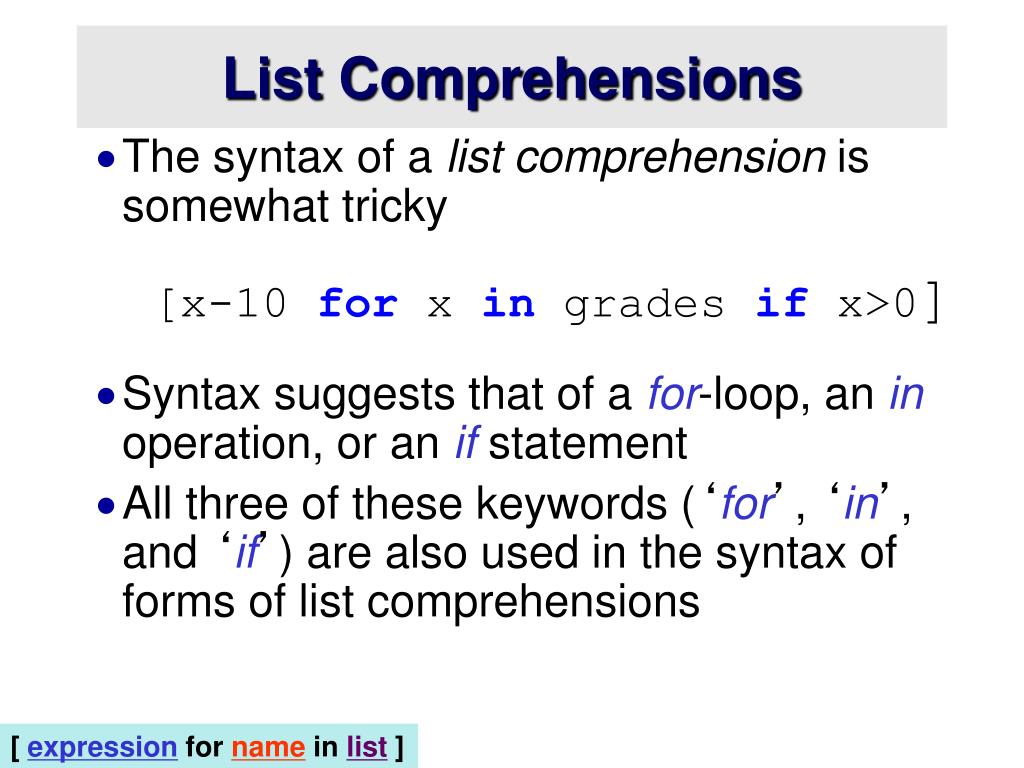
Given a value and a list, occurs will try first to match Positives ( x : xs) = if x > 0 then x : positives xs else positives xs Occurs value ( x : xs) = ( if value = x then 1 else 0) + occurs value xs That iterate through the list to arrive at their result.įor example, we might want to create a function thatĬounts the number of times a particular integer occurs in a list. We can easily use these to write our own list functions v : lst Returns a list beginning with v and followed with the tail lst Returns the list of values from lst following To write functions working with lists, we can use four fundamental operations: null lst Returns true if lst is empty. Successive values, as in “ ” containing theĮleven integers from 10 to 20. Three values, of which the first is 2, the second is 3, and Thus, the expression “ ” represents a list with The only operation we have available is to insert a nodeĪ list in Haskell can be written using square brackets withĬommas separating the list's individual values. Language, but with one important difference: We cannotĬhange any values within a list, including the ListsĪ list is a singly linked list like one sees in an imperative snd pair Returns the second value from a tuple with two values.

fst pair Returns the first value from a tuple with two values. Haskell provides a couple of built-in functions that are Well: The tuple “ ( 5, True)” is fine, for But tuples can combine unrelated types together as In the above examples, the tuples have multiple values of the ( mn, mx) = minMax f ( a + delta) b delta MinMax f a b delta | a + delta > b = ( fa, fa) MinMax :: ( Double -> Double) -> Double -> Double -> Double -> ( Double, Double) It returns both the minimum and the maximum encoded in a tuple. The following function, for instance, finds the minimumĪnd maximum values of a function f within a rangeīy simply trying different x-values delta apart. Is for returning multiple values from a function. Majority of Haskell programmers that they should avoid curriedīut tuples are useful in other contexts, too. None of these reasons are so strong, though, as to convince a Should never underestimate the power of a compiler to figure out With passing the wrong number of arguments more immediately,Īnd it could improve performance marginally - though one It enhances readability (in the opinion of some),

There are a few reasons for preferring tuples: Programmers prefer currying, some indeed prefer tuples. There is no definitive answer to this while most Haskell Why would you prefer tuples as parameters rather than currying Since max3 isn't curried, we can no longer partially To call this max3 function, we'd need to pass theįull tuple of three values as a parameter: Max3 :: ( Double, Double, Double) -> Double


 0 kommentar(er)
0 kommentar(er)
